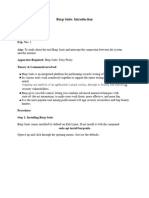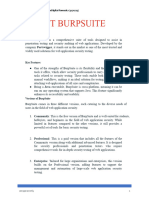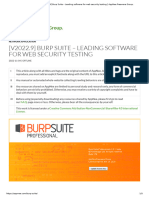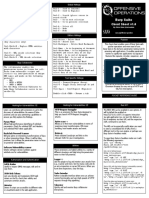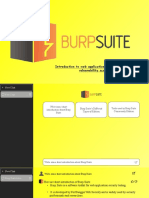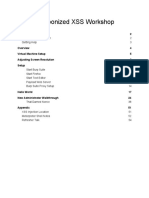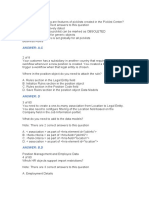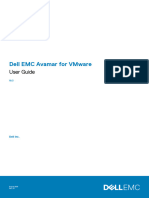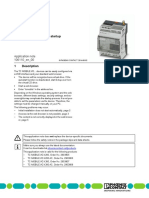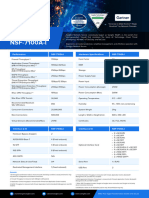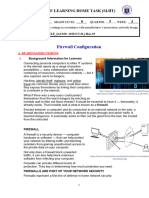0% found this document useful (0 votes)
43 views16 pagesBurp Suite
Burp Suite is a comprehensive platform for web application security testing, offering various editions including Community, Professional, and Enterprise, each catering to different user needs. Key features include an intercepting proxy, automated vulnerability scanning, and tools for manual testing, making it suitable for both beginners and professionals. The document also outlines best practices, usage instructions, and resources for practicing web security testing, including OWASP Juice Shop and other intentionally vulnerable applications.
Uploaded by
Binod SAdhikariCopyright
© © All Rights Reserved
We take content rights seriously. If you suspect this is your content, claim it here.
Available Formats
Download as DOCX, PDF, TXT or read online on Scribd
0% found this document useful (0 votes)
43 views16 pagesBurp Suite
Burp Suite is a comprehensive platform for web application security testing, offering various editions including Community, Professional, and Enterprise, each catering to different user needs. Key features include an intercepting proxy, automated vulnerability scanning, and tools for manual testing, making it suitable for both beginners and professionals. The document also outlines best practices, usage instructions, and resources for practicing web security testing, including OWASP Juice Shop and other intentionally vulnerable applications.
Uploaded by
Binod SAdhikariCopyright
© © All Rights Reserved
We take content rights seriously. If you suspect this is your content, claim it here.
Available Formats
Download as DOCX, PDF, TXT or read online on Scribd
/ 16
